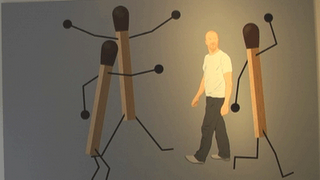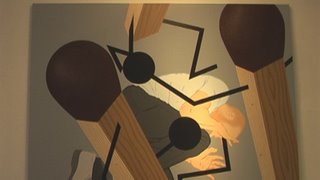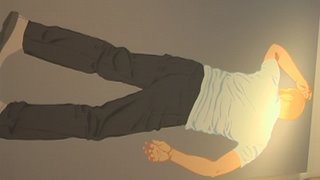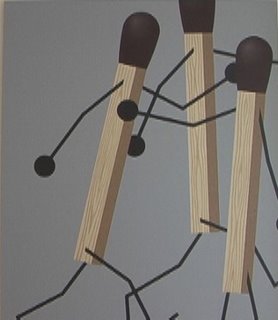Spoke with Kathleen today from Ober-haus. Naturally, given my background as an American, she painted a picture that make Tallinn seem very business friendly and attractive to you people. I agree with that. Here are some of her thoughts paraphrased...
Real estate in Tallinn is growing quickly, but not as fast as it was at the end of 2005. Units in the outskirts and city center were priced equally. Developers were building large complexes. These units were selling at at phase 1 of development. Phase 1 is the earliest level for sale. It occurs usually before the structure is finished or the building is inhabitable. With such successful, more buildings and units being planned. Eventually, the supply caught up to the demand, and the prices in the city raised, while they fell in the sub-burbs.
Now the city center is mostly filled with you people, foreigners or those with strong business connections. Banks loan conditions are good, and prices are still moving up.
Lasnamae seems to be growing more segregated. Its reached a Russian critical mass. With most of the signs and shops in Russian, its attracting even more Russian speaking people, while the Estonians are moving out.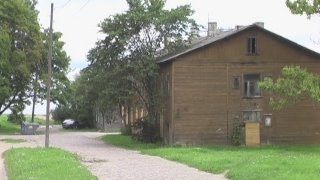 Kopli, pictured here, is currently a Russian neighborhood. But with its prime location, a beach covered peninsula 10 minutes outside the landscape here will change. Right now, it is filled with run-down houses that need attention. Slowly, Estonian development teams are moving into the area.
Kopli, pictured here, is currently a Russian neighborhood. But with its prime location, a beach covered peninsula 10 minutes outside the landscape here will change. Right now, it is filled with run-down houses that need attention. Slowly, Estonian development teams are moving into the area.
There is not a strong market for renting. Estonians prefer to buy there houses. I think this is a general trend toward conservation. To make sure that every thing spend turns into a tangible good.


What is Estonian design?
There is only one shop in the world dedicated to cutting edge Estonian design. Nu Nordik has been in Vabaduse Valjak since it opened in 2001. It is filled with the work of Estonian designers. I spoke briefly with one of the onwers. I asked her what type of materials do Estonians use? She said Estonians have alwayse used whats available to them. During Soviet times, design was about re-appropriation. Finding whatever is near, and turning into something needed. Even today with cheap building materials available, Estonians prefer to chop down trees in the forest to build their summer homes.
This resourcefulness is best exemplified in the Äksi Chair. The design originates from the Southern Estonian carpenters during the mid 19th century. Its elegance comes from its striking geometry. The sturdy structure is designed in a modular manner. Each of the components can be manufacturered seperately and from different materials, and then assembled. This flexiblity of manufacturing has allowed this design to adapt to through the time, and leaves the design "open" to new variations.
The owner mentioned that Estonians want one of two things - Either something really nice that makes feel them unique or something of simple design that functions well.
This item has captures both.
Lorem ipsum ferri volumus et his. Pri vitae tritani corrumpit an. In fabulas adipisci accommodare quo, tibique epicurei cu mel, habeo adhuc scripta nam at. Aliquam dissentias te nec, his ei rebum prodesset. Eam cibo tation ceteros ut, cum solet accumsan ad. An per commune posidonium, ea est populo dicunt. Mei tantas ceteros expetendis ex, mea ut quot repudiare. Recusabo argumentum pri ei, in justo mediocritatem sea, cu dolore albucius vel. Nam at docendi molestiae, cu eum quod diam omnium. Te accusata sapientem cum, falli petentium mnesarchum ei est, cu pro wisi mentitum ocurreret. Inani prompta numquam cu vim, ius et nisl aliquyam.




